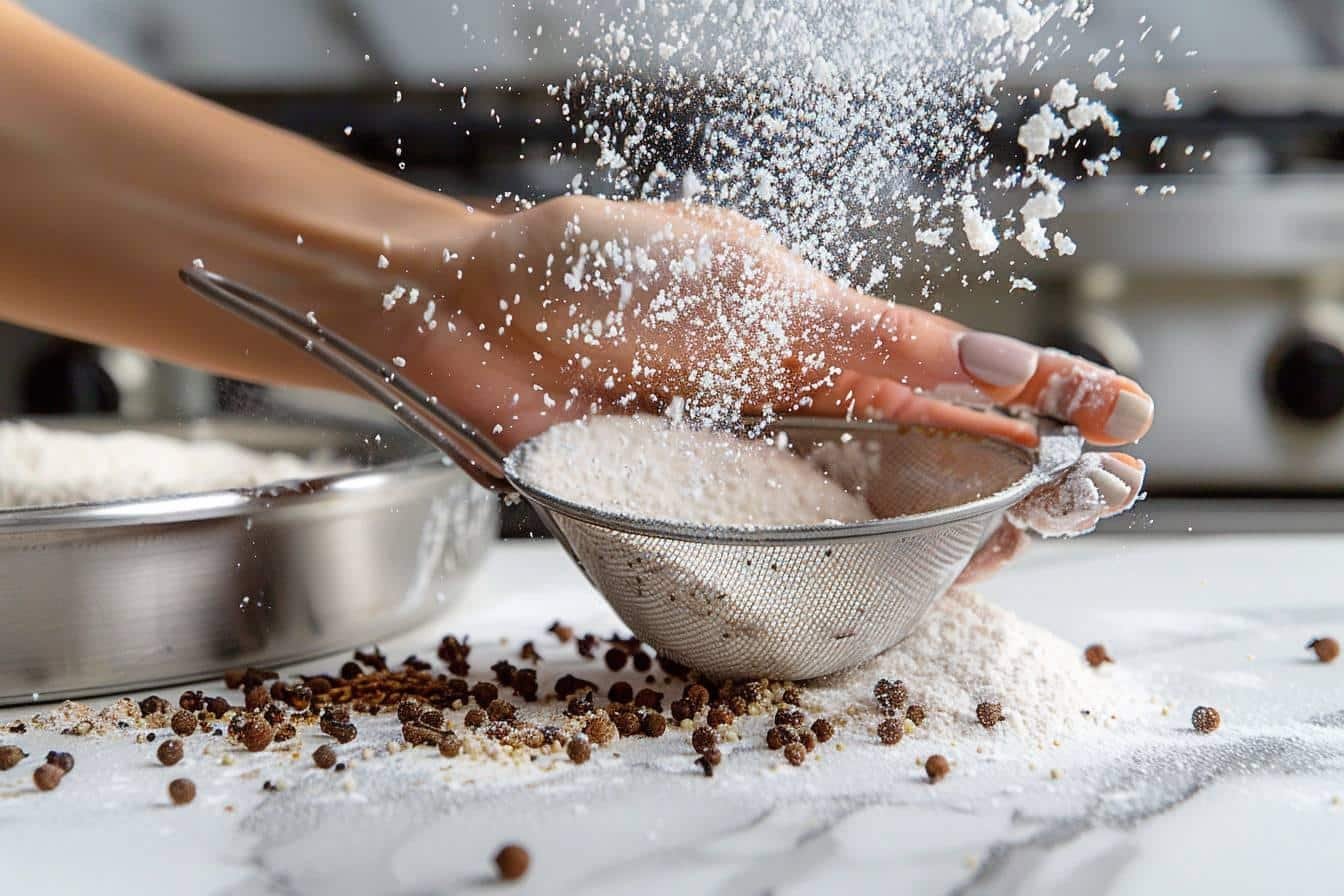The article in brief
This article explains how to achieve optimum filtration for a koi pond, which is essential for their development.
- Complete filtration system mechanical, biological and UV
- Appropriate sizing the volume of the pool
- Importance of bottom drain and theoxygenation
- Regular maintenance and monitoring water parameters
- Adaptation ofpower supply water temperature
What could be more captivating than koi carp? These magnificent creatures transform a simple pond into a veritable work of aquatic art. But for these colourful gems to flourish, crystal-clear water is essential. I'm going to guide you through the secrets of optimum filtration for your koi pond. With my years of experience in pet shops, I've learnt a few tricks that I'm delighted to share with you.
The essential components of a koi pond filtration system
When it comes to filtering koi pond water properlyYou have to think in terms of a complete system. It's like orchestrating an aquatic concert where each instrument plays a crucial role. Let me introduce you to the three musketeers of filtration:
Mechanical filtration: the guardian of particles
The mechanical prefilter is the bouncer of the aquatic nightclub. It stops large unwanted revellers - leaves, debris and other solid particles - before they can cause a ruckus. A good pre-filter, such as a rotating drum or a self-cleaning grid, considerably lightens the workload of the biological filter. It's a bit like keeping your guests from coming home with their muddy shoes on!
Biological filtration: the heart of the system
Here's the star of the show: the biofilter. This is where the magic happens. Billions of beneficial bacteria take up residence on special surfaces such as Japanese carpets or Hel-X media. These hard-working little creatures transform toxic ammonia into harmless nitrates. It's interesting to see how these micro-organisms, invisible to the naked eye, can make all the difference!
UV filter: the coup de grâce for algae
Finally, the UV filter is like a sniper that targets the sun's rays. algae microscopic organisms. It prevents them from multiplying, keeping the water clear and limpid. I remember the first time I installed a UV system in my own pond - the change was amazing in just a few days!
The secrets of effective filtration for your koi
Now that we've covered the basics, let's delve into the details that really make a difference for filtering koi pond water properly. It's a bit like cooking: the recipe is important, but it's the little details that make a remarkable dish.
Sizing: the key to perfect balance
Size matters, believe me! Your filtration system must be able to handle the volume of water in your pond and the amount of food you feed. Ideally, all the water in your pond should pass through the filter in no more than 2 to 3 hours. It's like spring-cleaning several times a day!
Here is a small table to help you visualise:
| Basin volume (m³) | Minimum filter flow rate (L/h) | Optimum filter flow rate (L/h) |
|---|---|---|
| 5 | 1667 | 2500 |
| 10 | 3333 | 5000 |
| 20 | 6667 | 10000 |
The importance of the bottom drain
Never underestimate the power of a good bottom drain! It's your pool's hoover, effectively removing the waste that accumulates at the bottom. Without one, it's like trying to clean your living room and letting the dust accumulate under the carpet. Rearing koi carp fry becomes much easier with clean water right from the start!
Oxygenation: the lifeblood of your filter
The bacteria in your biological filter are like top-level athletes: they need oxygen to perform. Make sure your filter is well oxygenated. A waterfall, fountain or aerator can do the trick. I've even seen ponds where the addition of a simple aerator completely transformed the quality of the water in just a few weeks!
Here are a few more tips to optimise your filtration:
- Keep the pH between 7 and 7.5 for optimum bacterial activity.
- Aim for a water temperature of between 15°C and 25°C for the comfort of your koi.
- Allow at least 5 m³ of water per adult koi - your fish will thank you!
- Don't forget aquatic plants, which play a natural part in filtration (but no more than 30% from the surface).

Maintenance and care: the keys to a healthy koi pond
You know what always makes me smile? Seeing a perfectly tended koi pond. It's like an aquatic Zen garden, where every element is in harmony. But this harmony doesn't just happen; it requires a little attention and regularity.
This is my care routine, the fruit of many years of pampering these magnificent fish:
- Weekly cleaning of the mechanical pre-filter
- Monthly check of biological filter media
- Water test every fortnight (pH, nitrites, nitrates)
- Partial water change (10-20%) every month
- Daily visual inspection of the koi (also a pleasure!)
Don't forget to adapt your koi's diet to the temperature of the water. In winter, when the water is cold, they need less food. It's just like us to eat less ice cream in winter... although!
Finally, a word of advice: watch out for pressure drops in your pipes. The longer and narrower they are, the harder your pump will have to work. It's like trying to drink a thick milkshake through a straw that's too thin - frustrating and inefficient!
By following these tips, you can provide your koi with an environment worthy of a 5-star spa. And believe me, there's nothing more rewarding than seeing these magnificent creatures swimming happily in crystal-clear water. It's a sight I never tire of, even after all the years I've spent advising enthusiasts like you.
External sources :
wiki aquaculture
wiki fish farming
